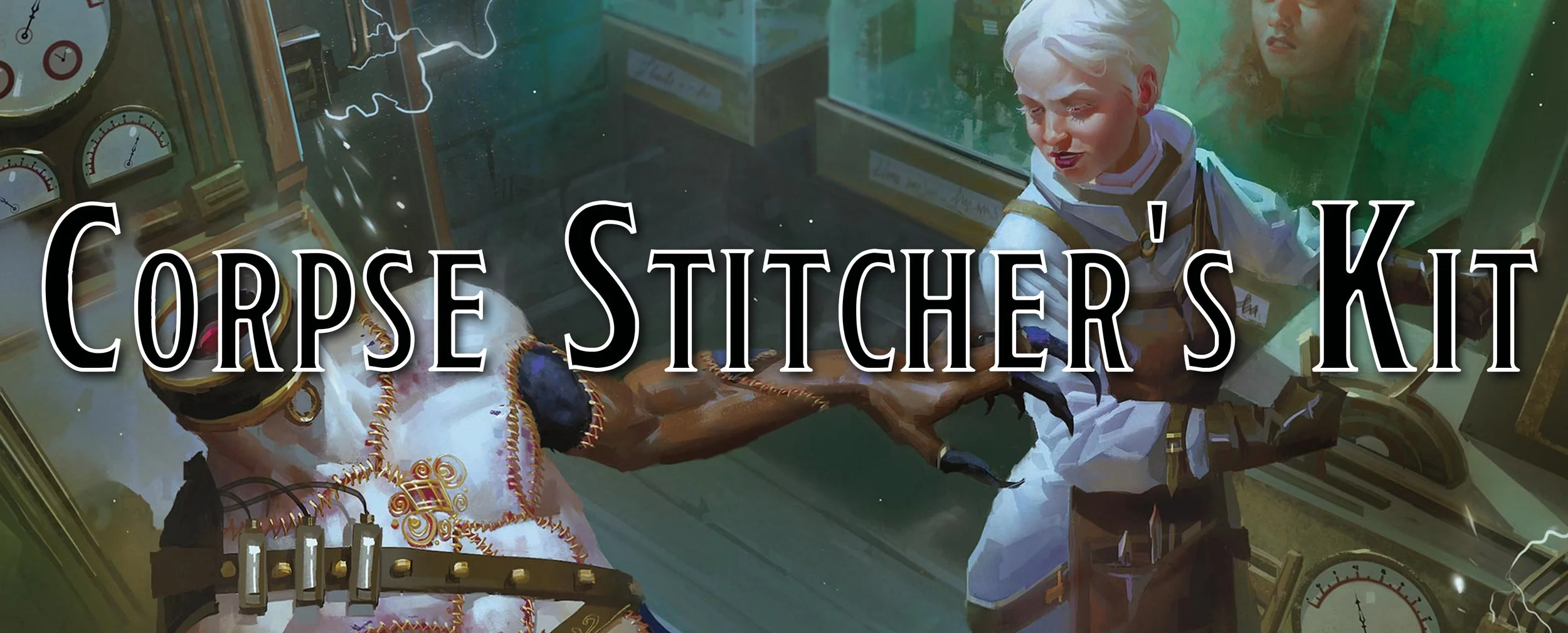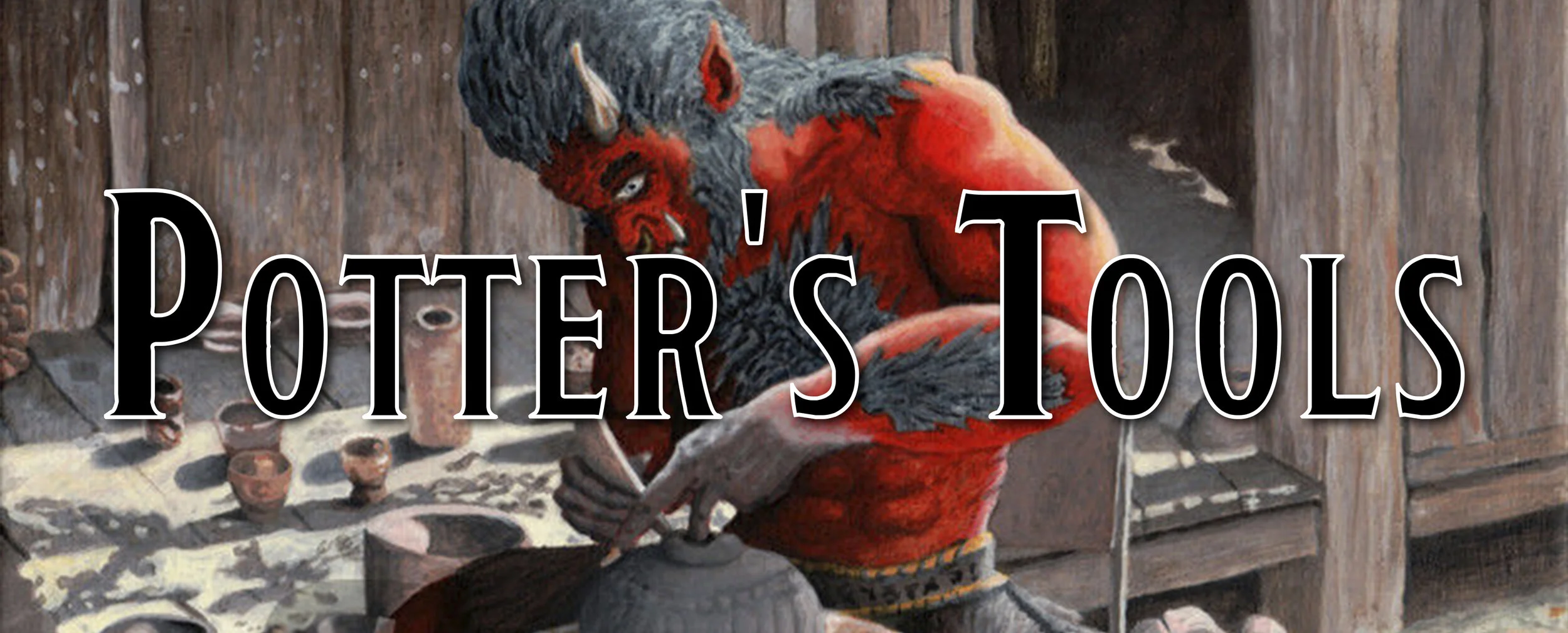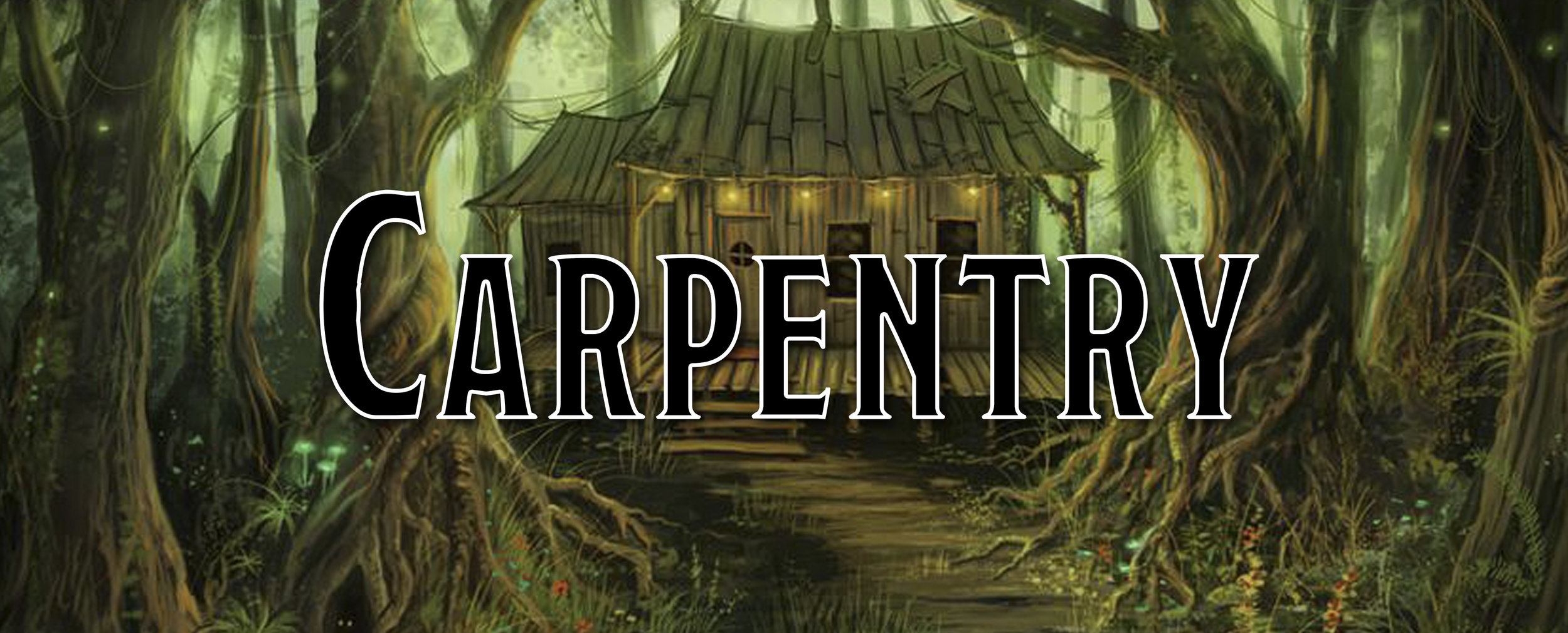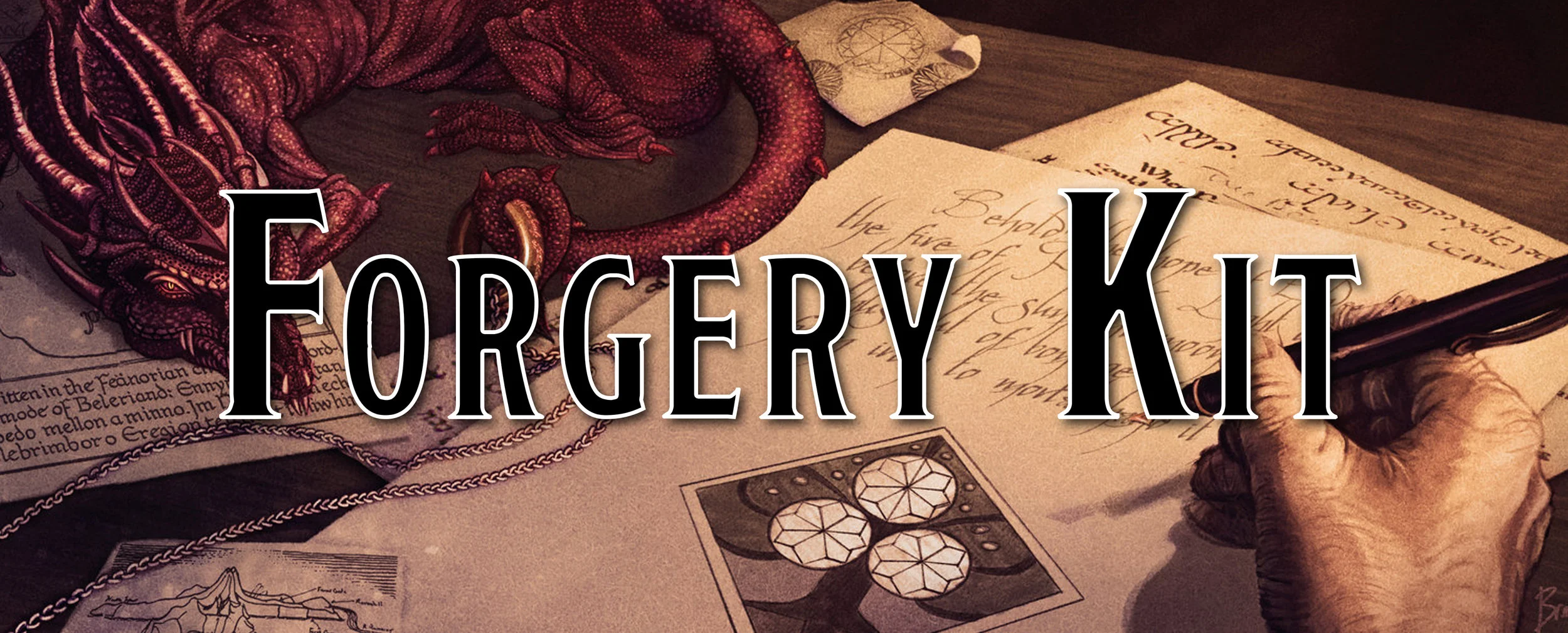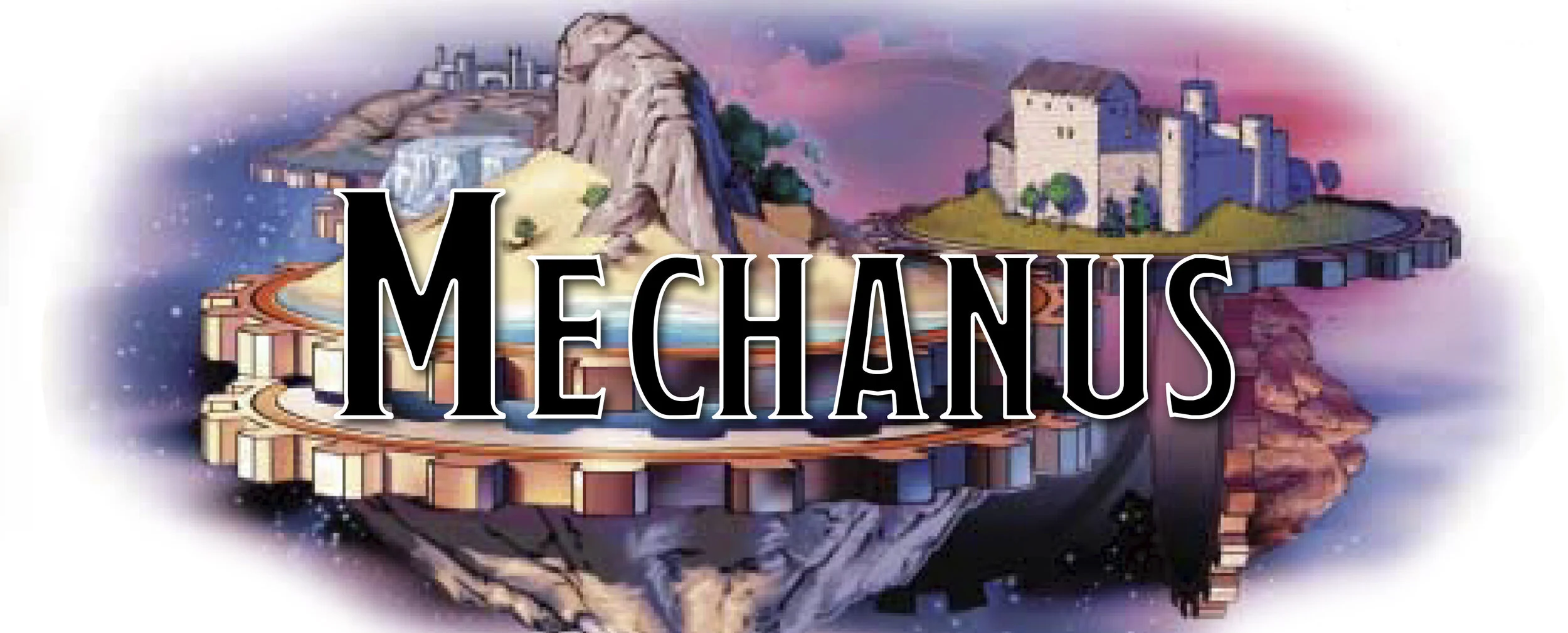Making Tools Useful in 5e: Painter's Supplies
Today is the Painter’s Supplies! And quite frankly… It’s a bit of relief to be getting so close to the end of our tools… though, if we stick with our original 27 tools left we have: Climber’s Kit, Land/Water Vehicles, Musical Instruments, Potter’s Kit, Thieves’ Tools, Weaver’s Tools, and Woodcarver’s Tools. After that, going to work on a few new tools you can throw into your game… so that’ll be fun. But first, gotta go through the tools that inspire me the least… sorry if any of your favorites are yet to be done!
For those that don’t care about the how of my tool:
For best results in GM Binder, use a Chrome Browser
Painter’s Supplies
Have you ever thought to yourself, “I’m going to art"? I did… quite a few times through my teenage years, I really wanted to draw… but I was bad at it and I didn’t have the drive to keep doing it over and over until I got somewhat decent at it… there were video games to play, and it is far easier to say you can’t do something than to keep trying over and over, so kudos to all those that kept up your drawing. I’m really jealous about that, though do you know what I’m not jealous of?
Yup, Xanathar’s Guide to Everything, page 83:
Proficiency with painter's supplies represents your ability to paint and draw. You also acquire an understanding of art history, which can aid you in examining works of art.
Components. Painter's supplies include an easel, canvas, paints, brushes, charcoal sticks, and a palette.
Arcana, History, Religion. Your expertise aids you in uncovering lore of any sort that is attached to a work of art, such as the magical properties of a painting or the origins of a strange mural found in a dungeon.
Investigation, Perception. When you inspect a painting or a similar work of visual art, your knowledge of the practices behind creating it can grant you additional insight.
Painting and Drawing. As part of a short or long rest, you can produce a simple work of art. Although your work might lack precision, you can capture an image or a scene, or make a quick copy of a piece of art you saw.
Alright, first let’s talk about how WotC keeps the confusion of Investigation vs Perception going in this by listing them both and then describing it as you inspecting a painting. That’s not how perception works! Investigation is about investigating and searching for things. You know what perception means?
The ability to see, hear, or become aware of something through the senses.
Lexico powered by Oxford
It’s just being able to see, hear or feel something. It is a general term for noticing things around you and has nothing to do with searching for traps, finding hidden messages or looking for hidden drawers inside of a desk. That’s investigation.
Also, it’s talking about getting insight into the painting, I feel like that would be a better use for the aptly named skill - Insight. Of course, WotC seems to think it is just for people in the Player’s Handbook, but in the dictionary it’s used for someones or somethings.
The capacity to gain an accurate and deep understanding of someone or something.
Lexico powered by OxfordYour Wisdom (Insight) check decides whether you can determine the true intentions of a creature, such as when searching out a lie or predicting someone’s next move. Doing so involves gleaning clues from body language, speech habits, and changes in mannerisms.
Player’s Handbook - 5e
Sigh, I feel very ranty this morning. Let’s just get to this last piece in this, and its about being able to paint and draw - which is great! Though it lacks a lot of nuance, which I know is what WotC is going for. They are leaning on the older editions where they provided more general rules, and the DMs would make up rulings. In later editions, they had a lot more rules for specifics, and quite a few people disliked that. I think its great that they have simple and general rules for most things, but I feel like throwing the tools/kits/supplies into Xanathar’s with this is just… well, they tried to be too general when being specific about each tool and, for me, it falls completely flat and it has done next to nothing for me… Well, I guess it gave me this forum where I complain about tools… Thanks WotC!
The Dump Stat’s Method to Drawing and Painting and Artisting
So, with all this ranting, one might think I’m stalling for time before talking about Painter’s Supplies, and you might be correct! But here I am now, to talk about painting, drawing, and arting so hard that you bleed paint.
This is a very open term that can describe a variety of things. Are we talking simple sketches? Maybe just charcoal shadowing? Full scale portraits with bespoke colors? A beautiful scenic view? Well, we are going to take our Jeweler’s Tools which featured a lot of the same problems due to non-specificity and use a similar mechanic for those mad artists out there.
Fun fact: Way back when, they would use the egg yolks and mix it into their pigments to make their paints. I didn’t really have a spot to put that.
We have 2 very broad categories when it comes to creating a painting: the Process and the Complexity.
The Process determines how many materials you are going to be using in your art. This is broken down into three groups: Light, Modest, and Heavy.
A Light process represents you using a single color, or just chalk or charcoal. This doesn’t require you to mix colors, or switch mediums.
A Modest process represents using a few different base colors or using a few different materials that close to each other. It takes a bit of time switching back and forth between them, and so a Modest process takes a little more time than a Light process.
A Heavy process represents creating bespoke colors, using a lot of different materials and will typically involve a full color piece of art featuring either a huge variety of colors or a lot of different materials mixed together.
The Complexity determines the size and scope of your art. This is broken down into three groups: Simple, Moderate, and Intricate.
A Simple project is something that can fit on a single piece of parchment and is a quick line drawing, charcoal shading or purposeful doodles. It’s quick, small and isn’t used for great detailed drawing.
A Moderate project is starting to take multiple pages of parchment or a large canvas. You are creating a nice scenic landscape with little details, a fairly accurate drawing of someone’s face or drawing out the layout of a building.
An Intricate project is anything that is large, oversized or requires a lot of detail work. A scenic landscape with a lot of different features and biomes, a portrait of the royal family with complex elements or maybe you want to hide a secret message in the mural you are painting on to the side of the building’s wall.
The DCs and Time
Now, each project will start at a base DC of 8, and then you combine the Process and Complexity to the total and that’s your DC. Of course, it might change based on the DM’s discretion but this provides a starting point for creating a DC. The easier and simpler your artwork is, the easier the DC and the less time it takes.
Time is a major factor for getting very intricate artwork, and so there is a huge increase in time between a rough sketch and a full color, extremely detailed portrait. Unfortunately, creating intricate art is difficult and takes a lot of time.
Which gets us to failing a check, except I don’t really like the idea of just failing a check. When you complete your artwork and roll your final check and its lower than the DC, it’s not that you drew someone’s nose like a banana, but that when you look at the artwork you know it’s just not right. Maybe the message you are trying to create just doesn’t come across, maybe the artwork isn’t what you were hoping for. Something about it is just not right, of course, that is going to be open to interpretation between Player and DM.
Maybe for one table, failing a check means your paints spontaneously catch on fire and you lose all your hard work. Maybe for another table, a failed check just means that while everyone else loves it, you just know it’s wrong and you feel like a complete fraud. It’s all based on tables and interpretations.
Finishing Up
And that’s our Painter’s Supplies! It’s general enough that you can quickly figure out what you want to make, but simple enough you aren’t checking tables and grinding the game to a halt. Hopefully this helps your table, and if you enjoyed it… make sure you check out a few other tools!
If you want a printer-friendly PDF of this tool, or any other tool, consider supporting us at the $1 tier on our patreon! All tools that I’ve created or will create in the future will be uploaded to our patreon in printer-friendly versions. We appreciate any and all support!
Like what we are doing here?
Support us on Patreon!
You’ll get early access to deep dives, our Homebrew Hoard, our extras podcast and more!
Follow us on Twitter to keep up to date on everything we talk about!






